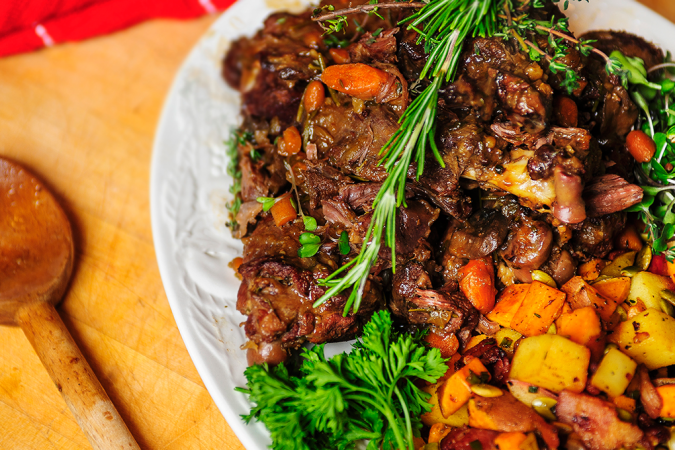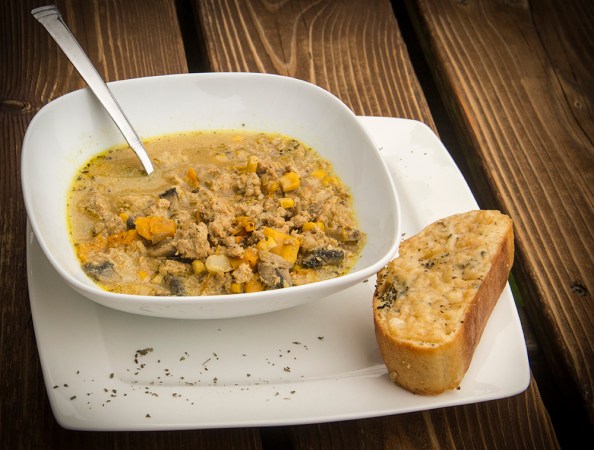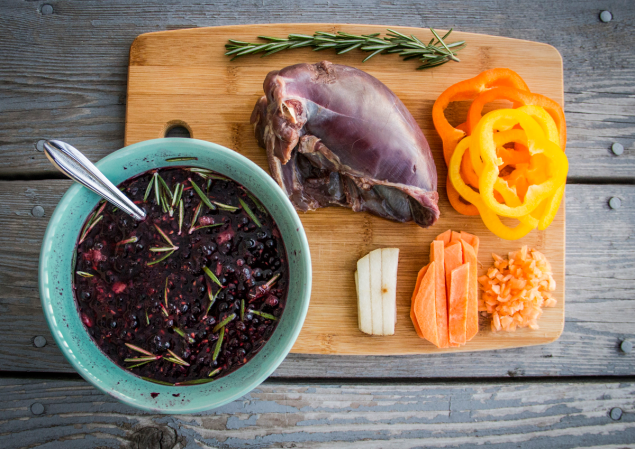Back in the day, when I was none the wiser, I was guilty of committing the unholy sin of discarding the legs from my wild turkeys. “Breast ’em out” was always the task after a bird hit the dirt. Eventually, my cooking skills grew and I realized every morsel of meat can be transformed into something special, so I started removing the legs from my turkeys and I brought them into the kitchen.
I failed miserably at first and continually ended up with tough, rubbery meat. This happens to a lot of folks, and usually they throw in the towel and join the cult of naysayers who claim wild turkey legs are inedible. After much trial, error, and keeping my ears to the ground during cooking conversations at various turkey camps, I’ve finally discovered the secrets to turning these tough legs into tender treats. Here are three ways you can prepare your wild turkey legs with mouth-watering confidence.
1. BOIL
Tossing your turkey legs in a pot of boiling water is quick, easy and results in versatility. I learned this technique from my buddy and Realtree turkey-hunting blogger, Steve Hickoff.
Bring a 3/4-full pot of water to a rolling boil. If you have a big enough pot, drop in the full legs (thigh and drumstick). If your pot is too small, separate the thighs from the drumsticks and then submerge all four pieces. Boil the legs for about 90 minutes uncovered, remove legs, let cool, then pick the meat off the bones and discard tendons. Now you have a pile of moist meat to use for stews, soups, sandwiches, salads, etc. Some would call this “parboiling,” but to parboil you need to boil the meat so it’s not fully cooked, and then finish cooking it when you apply it to your final recipe. However, by definition, I’ve found it unnecessary and challenging to parboil wild turkey meat; until it’s fully cooked, it’s difficult to pull off the bones. Fully cooked leg meat does the trick.
2. BRAISE
I’d argue braising is the best all-around way to cook any type of wild game. Why? You’ll always end up with a tender, tasty finished product, no matter the cut you’re starting with. Braising turkey legs is simple: brown meat in an oiled pan or pot, submerge it in some type of liquid, then slow cook it in a covered pot. I prefer to use a Camp Chef Dutch Oven for the entire process. You can braise your turkey legs on a stovetop, in an oven or on the coals of a fire—any heat source will work, so long as you keep the temperature low (250-300 F) and cook it slow.
3. BURGER
You can grind any type of meat to make burger, but it’s a great way to utilize wild turkey legs. I was in a Kentucky turkey camp last week and I ran into a local guy named Cap Deaton. He shares my passion for eating wild turkeys. I’d been planning to grind up some gobblers to make turkey burger for quite some time. The idea randomly crossed my mind earlier this spring, but now I’m all in. Cap and I got to jawing about everything turkey one morning, and naturally I asked him how he likes to cook his turkey legs.
“I tell you what,” he advised. “Grind those legs and they’ll be the best burgers you’ve ever had!”
Bone-out the thighs and drumsticks, toss them in a grinder, and what happens from there is your call. Patty the meat into burgers for the grill; mix it with pork to make breakfast sausage; fire up a pot of chili—the options are endless. I’ll be creating a special recipe of my own to share with y’all next week. And please, share your own practices and ideas by commenting below!
















